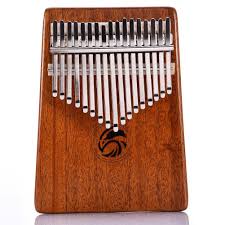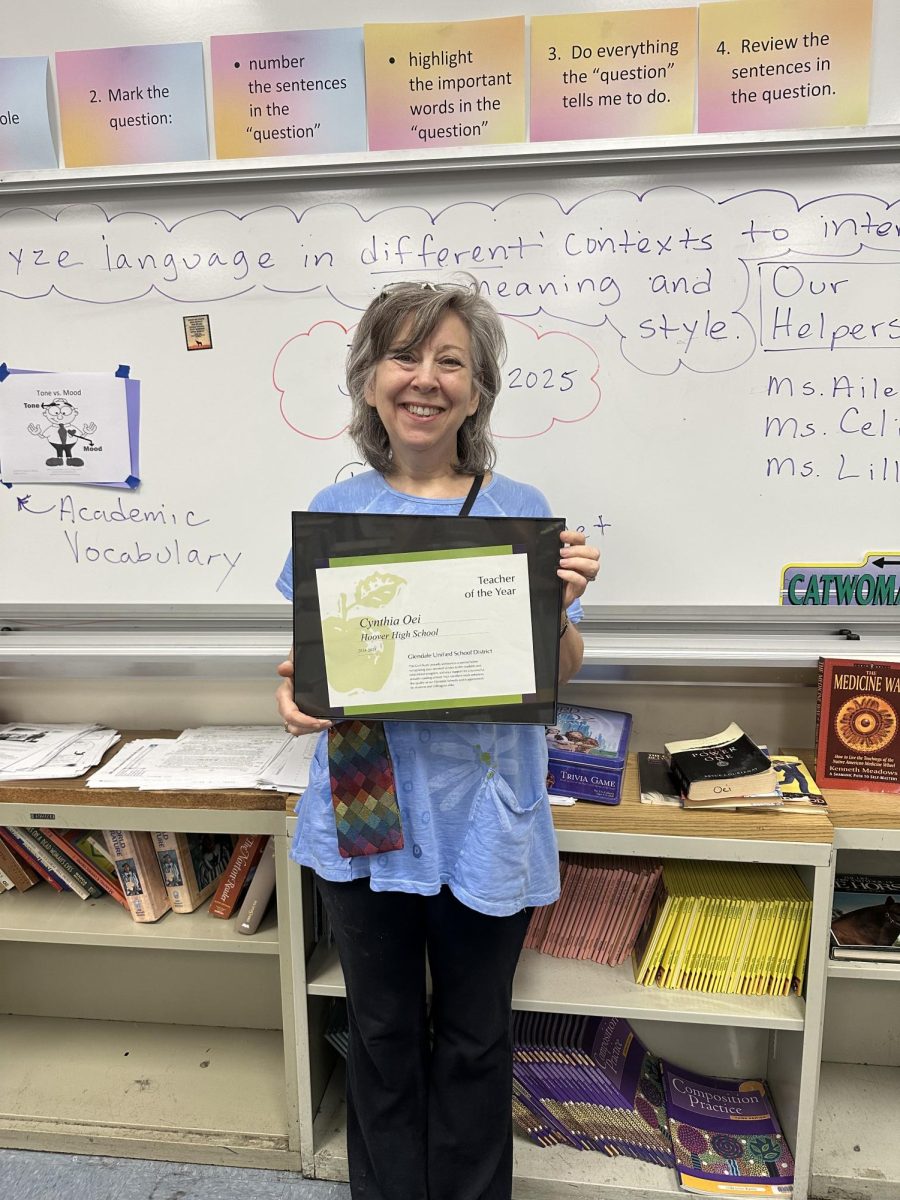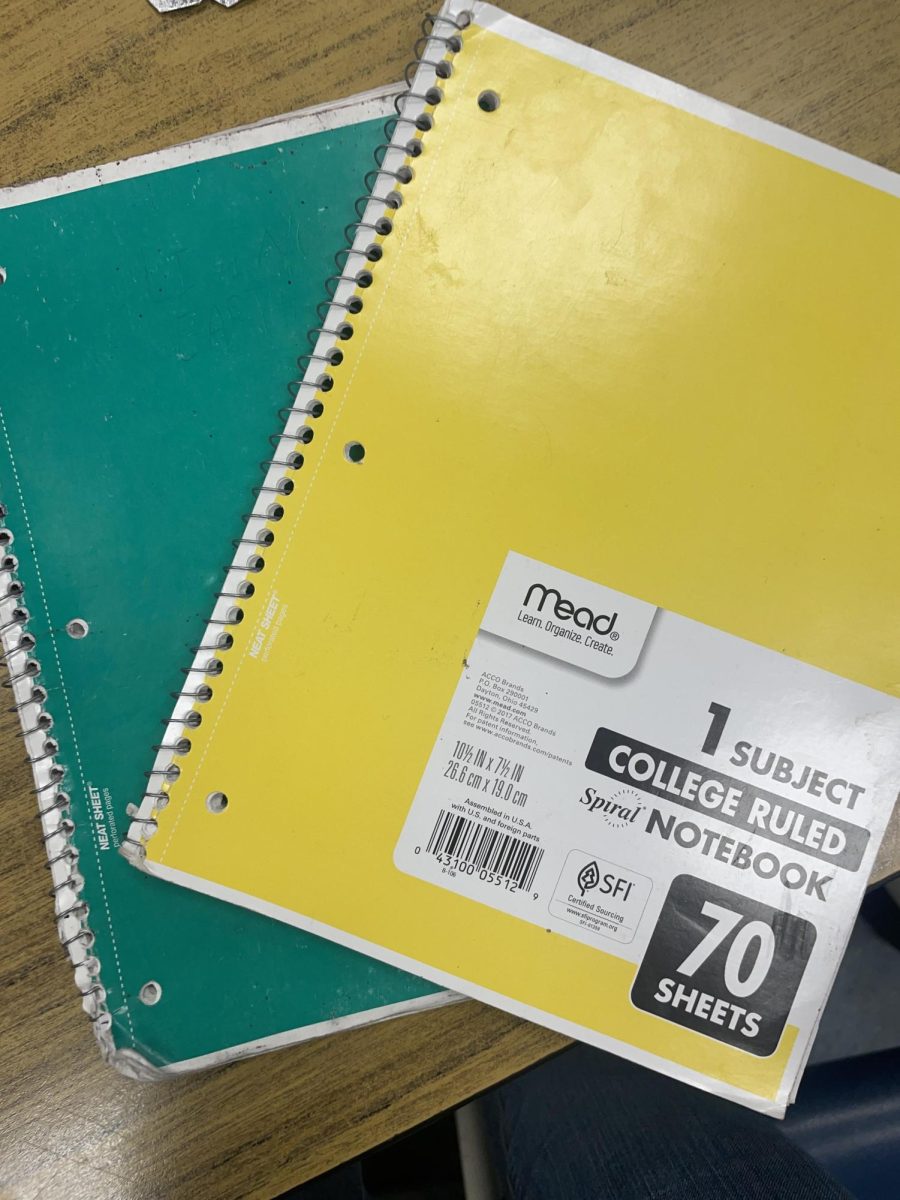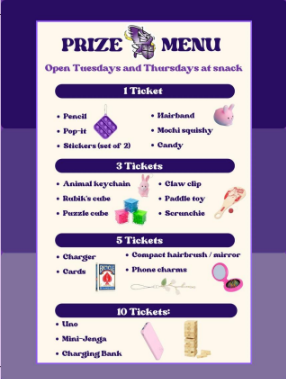By: Aaron Facundo
It’s cheap, portable and has a great therapeutic sound that is sure to attract the masses of people all around the world. Have you ever heard the instrument before? Probably not, but surely that is true to change,
The kalimba, also known as the African thumb piano, is an instrument that is popular from the depths of South Africa to the Saharan desert and nowhere else. Despite its unknown depths, it has more than 100 different varieties, indicating that it has a deeper history more than meets the eye.
The kalimba had its popularity spread all throughout Africa
In the 1900s, the kalimba was overshadowed by religious music and other music played on the radio, which led to the decline of the instrument’s impact. The modernization of culture was what led to the death of the kalimba, secluding it from other cultures. It is a shame that as time passes on, the advancement of technology is what kills some of the most substantial and important traditions.
However, the tradition was preserved by ethnomusicologists such as Hugh Tracey, Andrew Tracey and many others to globalize the instrument’s purpose and function. One of the most important and influential people that globalized the instrument is Paul F. Berliner who saw the African thumb piano as an integral part of African culture. He wrote and published a book called “The Soul of Mbira” which showcases the cultural impacts of the instrument and why it must be preserved. It can be purchased here: https://www.amazon.com/Soul-Mbira-Traditions-People-Zimbabwe/dp/0226043797
Early kalimbas were made from bamboo in western Africa 3,000 years ago. In more recent years, the middle east thrived in the production of iron which spread throughout the world and eventually made its way to Africa which was integrated into the composition of the kalimba that we know in modern day
.
A kalimba made from bamboo
With its metal tines, the kalimba makes sounds like nothing else that I have ever heard. Here is one person’s own cover of the song “Can’t Help Falling in Love” by Elvis Presley:
https://www.youtube.com/watch?v=kd7KC3PaEaA
The sound is so soothing to the ears that it is a shame that not nearly as many people know about this instrument.
Despite not being as popular as other instruments such as the guitar or the piano, the kalimba has its own loyal following which is apparent through the social media platforms such as YouTube or Instagram.
Even though the instrument is slowly becoming more popular to the general public eye, I believe that there is more that people can do in order to increase its popularity to the likes of the aforementioned piano or guitar.
Recently, I decided to take on the act of playing the kalimba. Having no real music experience prior to the kalimba, it was extremely easy to pick up. I really did appreciate the affordability, ease of use and therapeutic sound that I have never really witnessed with any other instrument. The sound that it makes calms me down after a long and stressful day at school.
Another one of the most appealing factors of the kalimba is its affordability
The kalimba that I own myself only cost 30 dollars and it is amazing. Along with it
came a tuner and music book. You can purchase my kalimba by using my link here:
Given that there are few resources for this instrument, I decided to take it upon myself to publish my own covers to my own Instagram page, @kalimbruh, in order to give the instrument more attention. Alongside the page, I have created a Google Docs file in order to share my own music tabs for cover songs and original compositions.
Hopefully the through the works of ethnomusicologists and social media, the kalimba will finally get its deserved attention.







